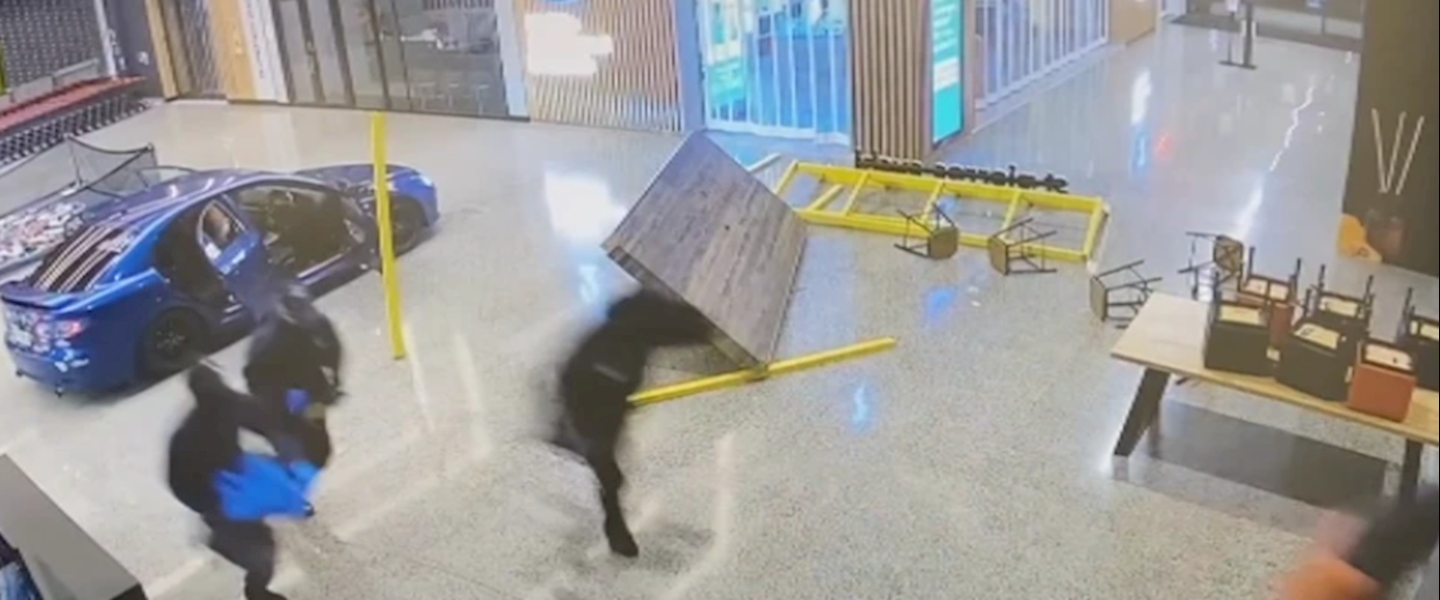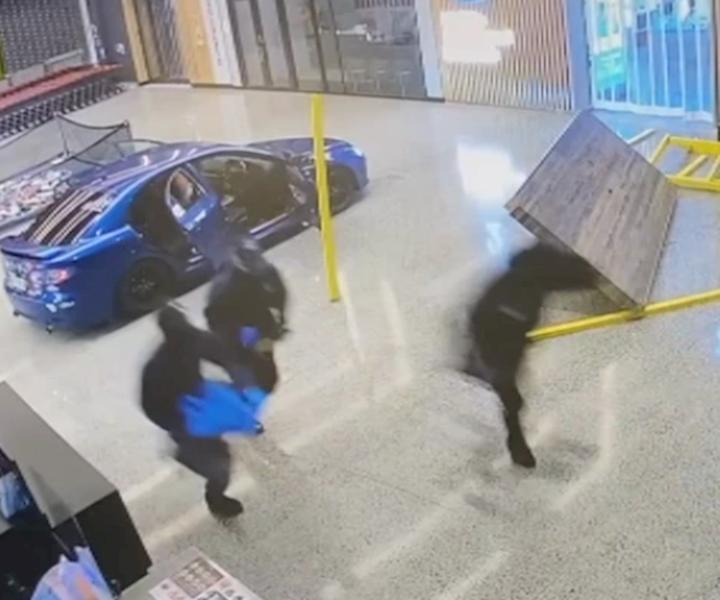Why are the ram raids happening all of a sudden?


In the first article in a series of three, FIRST Security’s Scott La Franchie explores the questions of why has there been a spike in ram raids and related retail crime, who is doing it, and why is it happening all of a sudden?
During the past few weeks we’ve been witnessing a spate of ram raids across New Zealand. Shopping malls, high-end stores, and dairies are being hit seemingly nightly by vehicle mounted thieves targeting clothing, cigarettes, luxury goods, and other attractive portable items.
Media coverage, political commentary, and police reportage all appear to agree that the attacks represent a spike, and that they are noteworthy not just for their frequency but also for their brazenness. A late April ram raid of Ormiston Mall in Auckland, for example, involved three vehicles and several more perpetrators.
What commentators are not so agreed on are the factors that have contributed to the spike. Nor are they particularly aligned on the solutions.
The Police are pointing to youth issues and social media bragging as drivers of the ram raid spike. Detective Inspector Karen Bright has commented that offenders as young as 11 years old have been posting their exploits online, and that this is “driving some of the offending," she said. Also influencing the offending, she said, are wider issues around education, family dynamics and social media.
Many retailers, and the political opposition, blame law enforcement resourcing, the police pursuit policy, the justice system’s approach to juvenile offending, and a government apparently ‘soft on crime’.
While any or all of the above factors may have some relevance, none of them directly explain why the spike is happening right now.
According to the Youth Justice Indicators Summary Report – December 2021, for example, offending rates among youth have dropped by 63 percent over the past decade, which diminishes perspectives pointing to systemic youth issues as a driver. Furthermore, factors such as education and government justice and law enforcement policies significantly predate the current spike.
What the spike has coincided with is what many are calling a ‘cost of living crisis’, which has escalated recently off the back of a three-decade high annual inflation rate of 5.9 percent, COVID-induced supply chain squeezes, and war in the Ukraine.
As I wrote in a previous blog post, various studies have found that inflation is a driver of property crime such as theft. By lowering the real incomes of people already struggling to make ends meet, inflation results in an increase in the demand for stolen goods, and in doing to it creates an economic environment that motivates thieves.
One such study published in 2007 by the journal Global Crime examined the relationship between crime and inflation and unemployment in the United States from 1960 to 2005. “Crime rates rise as the inflation rate rises,” wrote the paper’s authors. “Because of the lag between price and wage adjustments, inflation lowers the real income of low-skilled labor, but rewards property criminals due to the rising demand and subsequent high profits in the illegal market.”
Against this background, it’s worth noting Auror CEO Phil Thomson’s comment that most of the ram-raids were not opportunistic and instead were methodically planned attacks. “The majority of what we're seeing is coming from organised and repeat offenders,” he told Radio New Zealand. “They will move from shop to shop stealing and then sell those goods online or in marketplaces.”
Ultimately, the conversation around what’s driving this spike in retail crime can be distilled in terms of a perpetrator’s ‘Risk/Reward Ratio’ – the risk of getting caught versus the potential reward.
If we accept the premise that inflation decreases people’s spending power and increases demand for stolen goods, then we can conclude that the synchronicity of the ram raid spike and New Zealand’s ‘cost of living crisis’ is no mere coincidence. It’s the logical (and perhaps predictable) result of a calculation by organised perpetrators that increased demand for their loot means increased reward.
If you’re interested in a deeper dive on the relationship between inflation and theft, take a look at my previous post on this topic. Look out over the coming week or two for the second and third articles in this series, which explore the psychology behind the brazenness of the ram raiders, and how retailers can do to disrupt it.
If you’re a retailer and would like to know more about how you can mitigate the risks posed by theft to your business, get in touch with FIRST Security.

